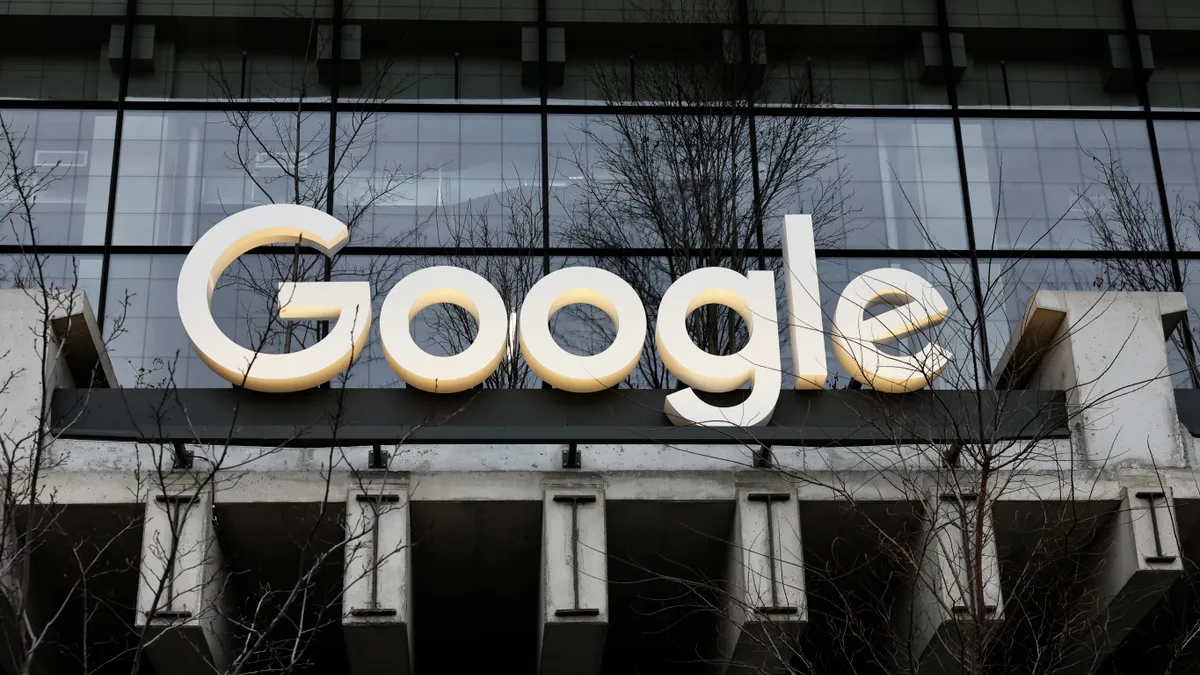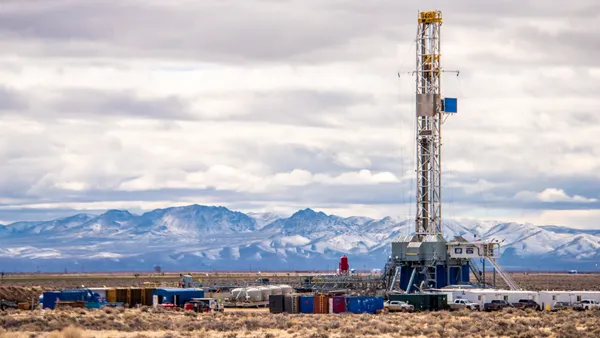Dive Brief:
- Google announced Tuesday that it inked a deal to purchase carbon removal credits from Holocene, a startup developing direct air carbon capture systems — marking the tech giant’s latest investment to curb its carbon footprint.
- Holocene will provide the credits for $100 per ton of carbon dioxide, a price tag Google said is the lowest on record for direct air capture technologies, according to the release. The average price of direct air capture carbon dioxide removal today ranges from $600-$1,000 per ton of carbon dioxide, according to research from the World Economic Forum.
- The carbon removal credits are expected to be delivered by the early 2030s, as Holocene’s technology is in early developmental stages. The credits will rely on Holocene’s DAC mechanism, which utilizes organic chemical compounds to increase carbon dioxide capture and removal efficiencies.
Dive Insight:
Beyond making a long-term commitment to purchase carbon credits from Holocene, Google said it will also financially support the startup in developing its “promising technology.” Holocene has received funding from the Bill Gates-backed Breakthrough Energy Ventures, Elon Musk’s Xprize carbon removal competition and the U.S. Department of Energy since launching in 2022.
Google said its deal with Holocene will allow the startup to capture and store 100,000 tons of carbon dioxide by the early 2030s, which the Environmental Protection Agency estimates to be the equivalent of emissions generated by over 23,000 gas-powered vehicles driven in one year.
The search engine platform and computer software company said employing carbon removal technologies are “key” to achieving its sustainability goals and decarbonizing the economy on a broader scale. Google has a goal of reaching net-zero emissions across all its operations and supply chain by 2030 and halving its absolute scopes 1, 2 and 3 emissions by the end of the decade, compared to a 2019 baseline.
Google said it was able to achieve a lower price on its DAC deal with Holocene due a number of reasons, including the startup taking on an “innovative” approach to carbon capture. Holocene’s method involves chemical or physical processes to both extract carbon dioxide directly from the aim and store it underground permanently.
The two organic chemical compounds the startup uses during this process are fully recycled through the course of carbon capture and storage and require low temperature for their regeneration, according to Holocene. As a result, this solution requires less energy than current technologies and shaves off operational costs usually associated with using DAC systems.
Holocene’s project qualifies for the U.S. government’s 45Q carbon sequestration tax credits — which incentivize carbon capture, utilization and storage projects – also helping lower the price tag.
“Our partnership with Holocene aims to address one of the key barriers facing DAC technologies: the hefty price tag,” Google said in the release. “While Holocene’s technology is still in the early stages of development, it has the potential to bring down costs significantly over time.”










